Ridge Racer, like other long running Namco titles had been steadily improving over the years. The developers were keenly aware that the canon of the series was sacred to the company. Every location, every manufacturer and every track had to be better than the last. Ridge City and the other sites were constantly growing and changing. They were very much like real world cities in that regard. The studio wanted audiences to recognize that the virtual world was living and breathing and would look slightly bigger and better each time they visited it. What audiences never expected to see was how well those locations would translate onto the handheld consoles.

The publisher kept true to canon and made sure that the sights and sounds continued to improve in every release. Even with the limited processing power and storage capacity of the handhelds Namco was still able to deliver some memorable experiences. Ports that had a container ship, a crane and a few warehouses in Ridge Racer Type 4 had become much busier and far more packed with details when it was visited on the Playstation Vita. Of course the Vita was also a much more powerful system than either the Playstation or Playstation 2. It's high definition display was capable of presenting graphics which were light years ahead of where they were in 1999. It had grown out of the lessons learned from those consoles, the Playstation 3 as well as the PSP and PSP Go.
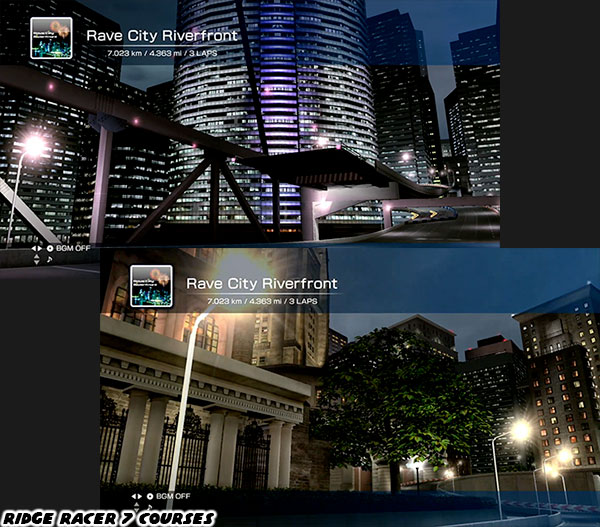
The most important lesson that Namco would learn from the title was how quickly the company could anger their fan base. Ridge Racer for the Vita was released in 2012 with three tracks and five cars. Additional cars and tracks were available by purchasing downloadable content packs (DLC). The company had charged full price for a game that was essentially an empty shell. A year later the company released Ridge Racer Unbounded and further distanced themselves from the things that made the original series so much fun. Visually the Vita game was a stunner. The tracks and cars had never looked better and the control was quite good but the lack of content severely hurt the review scores from critics and word of mouth from fans. It was considered one of the worst games of 2012, not for how it controlled or how it looked graphically but for how lacking the content was. Needless to say
the Metacritic reviews were not kind.
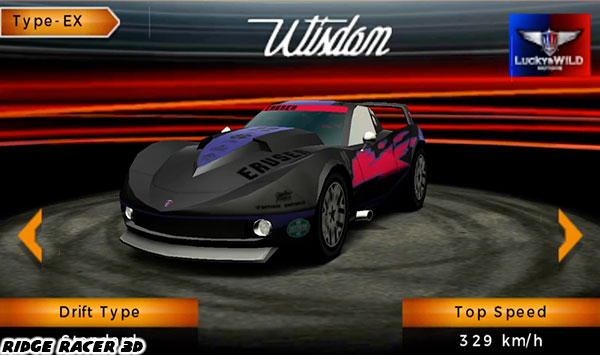
The game was a slap in the face to those that enjoyed the Ridge Racer 6 and 7 experience from six years prior. Fans were shocked that during those six years did not see a quantum leap in the progression of the handheld games. Before that the portable games were very well done. Ridge Racer Accelerated HD, a 2011 release for the iOS was a decent attempt at making a racing game for the iPhone. Ridge Racer 3D for the Nintendo 3DS came out in 2011 as well. It predicted the use of DLC micro-transactions from Namco. Audiences overlooked that because the game had included plenty of tracks and cars for players to unlock without having to pay for them. The 3D effects on the Nintendo handheld took some getting used to but were well done otherwise. The game was actually picking up on the desert environments that were featured in Ridge Racer 64 from the Nintendo 64 from a decade earlier. At least some of the developers working at Namco still cared about the legacy they had created.

The other games in the handheld library were well done experiences but they were few and far between. Ridge Racer 2 for the PSP was released in 2006, it was the one that Sony President Ken Kutaragi got overly excited about during the E3 press conference. The original Ridge Racer for the PSP debuted in 2004, that was the same year that Gina Cavalli took over cover girl duties on Ridge Racer DS for the Nintendo DS. Not every handheld game ported over the cars or tracks featured on the consoles. Several new courses including Redstone Thunder Road and radical cars like the Lucky & Wild Evolver were first introduced on portable screens. Not every outside developer working with the franchise had turned their back on the classic elements, as Bugbear Entertainment had. There was actually a fantastic blend of the mobile experience and the best portions of Ridge Racer 7 for an inexpensive price.
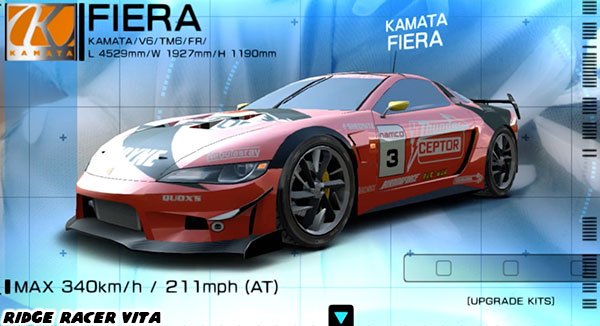
Ridge Racer Slipstream debuted in 2013 for the iOS platform. The developers at
Invictus had released a portable version of the franchise that was worth more than the $4.99 they were asking for. Namco was hoping to earn a little bit of revenue from micro-transactions. Audiences could spend anywhere from 99 cents all the way up to $49.99 to purchase credits that they could use to unlock additional tracks and cars. Unlike Ridge Racer Vita however Slipstream allowed players to "grind" through the races and earn the credits to unlock everything. It took a lot of patience and determination to unlock all of the content but the game was actually highly enjoyable and worth the number of replays that it took to get those credits. To keep things interesting the developer would send three daily tasks to complete where they would earn additional experience points or credits. For a mobile game the graphics on Slipstream were well done. It looked just a hair toned down from the Ridge Racer 6 and 7 experience from the pinnacle of the series. The game even included multiple music tracks from the previous games so that not only did it look and play like a classic Ridge Racer game, it also sounded like one.

Alex Adjaj, the Director of global strategy for mobile at Namco was a huge fan of the Ridge Racer series. He had been playing the game since it was on the Playstation and was not a fan of what the company had done with the Vita debut. He called the lack of content on the Vita and the charges that the company wanted to get out of players ridiculous. In an interview with
Digital Spy he sided with fans. "If you look at all the Ridge Racer games that have been brought to portable consoles, in particular in the past few years PS Vita and PSP, and you look at the Metacritic score, you see that people complain a lot about the value they got when they spent £40 for the game/ And it's Ridge Racer - it's not like Ridge Racer Driftopia. We're not breaking cars. It's the real Ridge Racer with drifting and everything." He then added "Here we're bringing a game with 12 different cars, over 300 different modifications, 12 tracks - and if you reverse, 24 - 100 races in the career mode, then there'll be multiplayer in January [2014]."
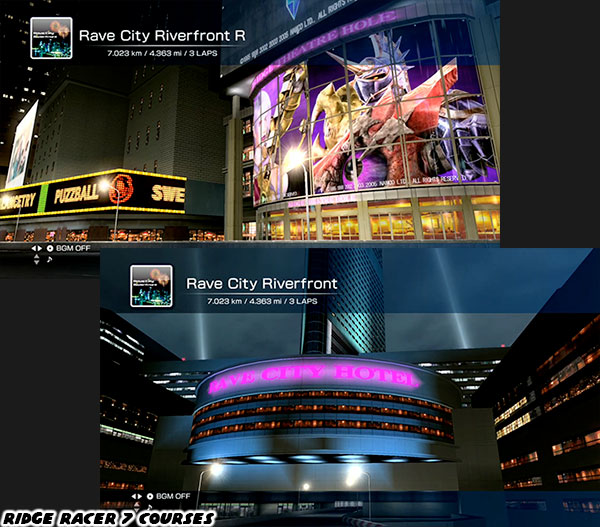
I didn't download Slipstream when it came out last holiday season. I understand that the first few months were filled with random crashes and numerous bugs. I started playing it in February 2014. It was patched a few times since then, adding much more reliability to the experience. It was definitely the game that helped me get through jury duty! I have to admit that it was head and shoulders above the competition on the iOS arena and better than most handheld racing games out today. People reading this most definitely should check out the title for the iPhone, iPod Touch and iPad.
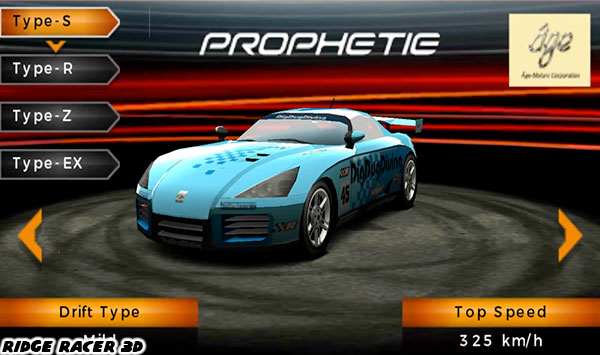
After reading the interview with Mr. Adjaj it was hard for this arcade veteran to accept that Namco might never return the series back to their roots. The division inside the company had stifled creativity. It was a trend over the past decade that had seen the best talent come and go in Sega, Capcom, Square-Enix and numerous other Japanese studios. The long-term fans would never forget the golden era and would long for a return to a classic arcade experiences. What the studios had failed to realize was that the experience could be captured on the home consoles and even portable systems. When I say arcade experience I did not mean having to pay 25¢ for every play through. That would now be considered a micro-transaction these days. Audiences wanted the robust AAA experience that Namco used to give them on the Playstation consoles. With cars worth racing, a team worth racing for and a resolution that would be etched in their memory. No strings attached, no additional content to download.

Today however was a different world. Arcade players had to come to terms with how much had changed in 20 years. Sega had once dominated Namco at every turn.
The Hornet, car 41 from Daytona USA was featured DLC for Ridge Racer - Vita in Japan. The most iconic car from Sega, that wasn't a red Ferrari Testarossa, was a welcome addition to the Ridge Racer family. It was only a matter of time really. Sega had introduced the exaggerated drifting physics in Daytona USA that made Ridge Racer so popular in later years. The senior developers at Namco believed in their racing series enough to keep it going. There may have been some internal conflicts as to the direction of the series and how to handle future updates and content but the core the series remained the same. Sega had lost their way and had turned their back on their biggest racing and adventure titles. They then relied on outside developers to keep their most popular IP going.
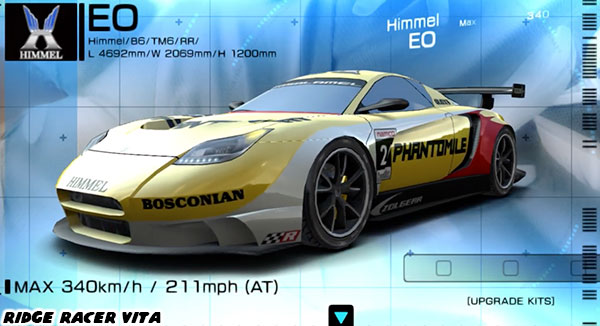
Players that had grown up during the most formative years of the arcade racing movement could still rely on Namco, now Bandai Namco, to enjoy the best of both worlds. The over-the-top racing from the arcade but on lightweight portable devices. It was not known when the next full-fledged Ridge Racer would hit the consoles. The Playstation 4 and XboxOne had debuted at the end of 2013 and a new Ridge Racer game had yet to be announced for either system. The success of Ridge Racer Slipstream and the PC title Ridge Racer Driftopia helped keep the title on the public consciousness. Most recently the publisher wised up and began offering audiences in the west something that had been missing for more than a decade. The next blog will highlight the best part of the experience that had nothing to do with racing.
If you would like to sponsor me
please visit my Patreon page and consider donating each month, even as little as $1 would help make better blogs and even podcasts!







No comments:
Post a Comment